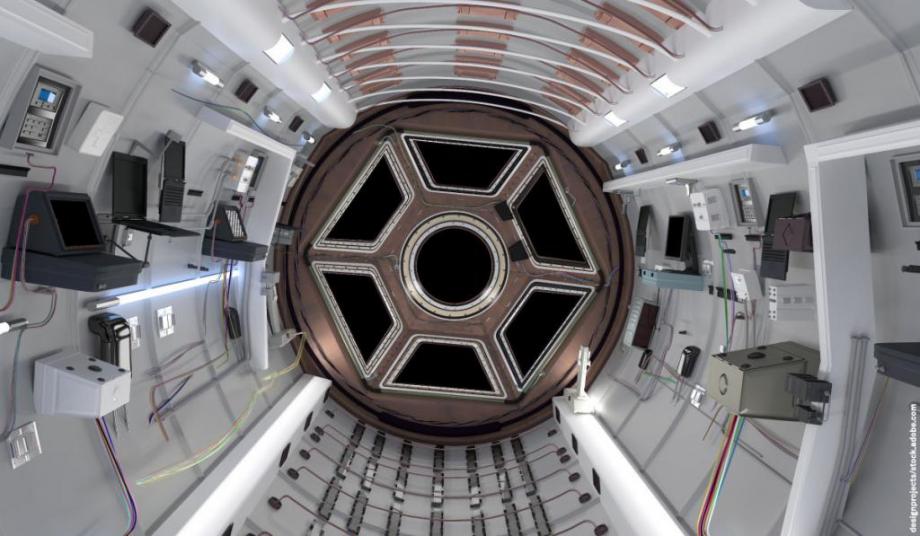Performing surgery in a micro gravity environment
Performing surgery on humans in a micro gravity environment has never been done before. Astronauts have been living for short stints on the International Space Station (ISS) since its launch in 1998. In this time on the ISS, and more generally in manned spaceflight, the procedure for dealing with a surgical emergency has been to stabilise the patient and get them transported back to Earth. This, however, will not be possible when humans begin exploring Mars. The delay in communications can be up to 20 minutes each way and the chances of shuttling home are zero. It’s expected that 1 surgical emergency will occur every 2.4 years on a mission to Mars. So how could you perform surgery in space? The main challenge include
• Both the surgeon and patient must be strapped down to prevent either one from drifting away.
• Blood and other fluids can stick to the instruments because of the change in surface tension.
• Traditional surgical techniques for common aliments like appendicitis require large incisions and potential bleeding, leading to blood floating in the environment, a potential issue for everyone on board.
• Surgical equipment can be bulky and largely incompatible with the confined, strictly organised environment of a space capsule.
To tackle these issues, scientists in space agencies around the world have been developing some of the biggest advances in surgical technology.
Smarter and lighter medical devices
For medical devices to be used in space, they need to be both smart and light. By adding connectivity to devices like ultrasound imaging equipment, astronauts can carry out scans on a patient onboard and doctors on the ground can review the images live and report back with a diagnosis. By improving the portability of devices like imaging equipment, they can be accommodated on board a space capsule far more easily than their traditional counterpart. There are even robots planned for the future that could be controlled by specialist surgeons remotely.
‘Deskilling’ of surgical procedures
For emergencies in space that occur on long journeys, passengers will not be able to rely on help from the ground. This is being addressed through the ‘deskilling’ of procedures. This is the process through which common procedures are adapted for unskilled passengers allowing them to perform complex surgical steps with very little training. This is possible by reworking the equipment involved to be less invasive, more specialist to the procedure and more intuitive. It would allow anyone with a basic level of training to complete the procedure with little risk.
Bringing 3D printers to space
3D printers are being tested in simulated space environments to understand whether surgical instruments can be 3D printed on demand to deal with emergencies that occur during a space mission. Using plastic material, a range of surgical instrumentation can be produced in a few hours and disposed of upon completion of the procedure. This ultimately saves space and weight onboard which is crucial for long range missions while improving the surgical interventions available to the crew. These advancements mean that all astronauts would need is an internet connection and a 3D printer.
Space health innovation helping low-income countries
These developments are important to more than just astronauts. Back on Earth, people in low-income countries are struggling to access good healthcare. There are several reasons for this and among those are poor infrastructures, a lack of highly skilled medical professionals and people living in remote or isolated places. These issues are similar to the ones that occur in space.
Smarter, connected devices enable doctors from anywhere in the world to have an input in surgical procedures happening in areas deprived of trained professionals. Such devices could be connected diagnostic ultrasound imaging devices or surgical robots being operated by a surgeon in one country completing a complex operation on patients in another country.
Deskilling common surgical procedures means equipment and training can be made available to more users. If more people can be trained, more patients can have access to treatment at a lower cost and with greater ease.
Advancements in surgical technology are already having a big impact on people’s lives on Earth but there is still a lot of work to be done before astronauts can safely operate in space. With private space exploration companies planning to send the first uncrewed spaceship to Mars in 2024, space healthcare better be all systems go.


